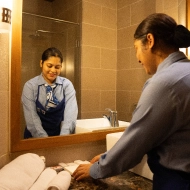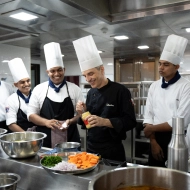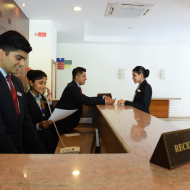ADMISSIONS OPEN 2024
ADMISSIONS OPEN 2024
- HOME
- ABOUT US
- ACADEMICS
- B.Sc. in Culinary Arts
- B.Sc. in International Hospitality Management
- M.Sc. International Hospitality And Tourism Management
- Recruiters
- International Linkages
- Awards & Recognition
- Faq
Our Programs

B.Sc. International Hospitality Management

B.Sc. Culinary Arts

M.Sc. International Hospitality and Tourism Management
- CAMPUS
- PUBLICATIONS
- ALUMNI
- IQAC
- RESEARCH
- EVENTS
- CONTACT US

